Which Mac should you buy? Apple’s computers compared
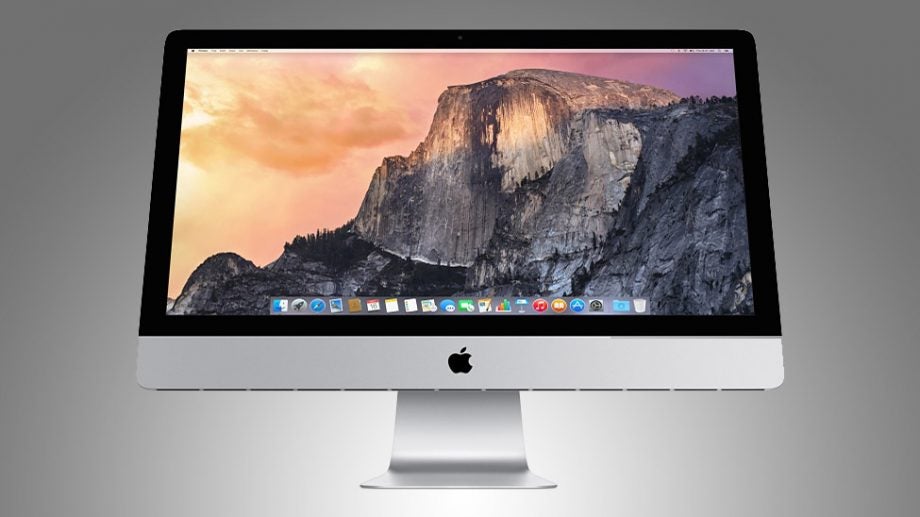
Which Mac should you buy: Apple’s computers compared
Apple’s current Mac lineup is the most diverse and expansive it’s ever been. Every year, the range is updated and we get something new and juicy from the California-based tech giant.
Based on this, it’s fair to say there’s a Mac for everyone, ranging across a variety of price spectrums and looking to cater for different needs and expectations.
From powerful iMac all-in-ones perfect for the living room to sleek MacBook notebooks you can slip into your messenger bag or backpack without anyone knowing, decision-making clearly isn’t exactly simple.
We understand that making the right purchase is so important, as you wouldn’t want to end up wasting hundreds of pounds. So let’s compare Apple’s ever-expanding Mac range to make things easier for you.
Related: Which iPad should you buy?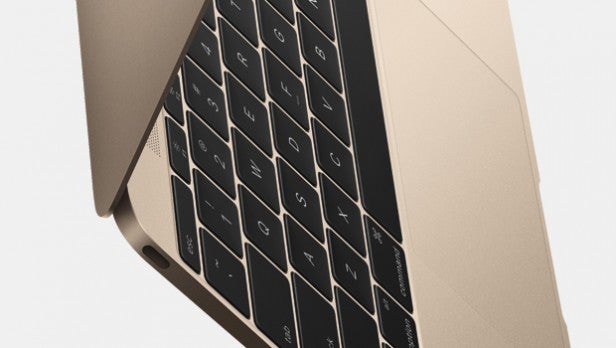
MacBook
Announced back in spring, the simply named MacBook is Apple’s thinnest and most compact Mac notebook to date – at 13.1mm and 0.92kg. So it’s safe to assume it’s perfect if you’re looking for a laptop to take with you on your travels.
But with it being so thin and light, are there any implications in terms of power and prowess you should be aware of? Well, firstly, Apple’s made it profoundly clear that the MacBook is about offering up a full-screen experience with compactness at the forefront. This is achieved through its decently sized 12-inch Retina display.
However, it’s not a power machine like the MacBook Pro, which starts off with a 2.5GHz dual-core Intel Core i5 processor. Instead, its CPU options are far more modest: 1.1GHz, 1.2GHz or 1.3GHz dual-core Intel Core M processor. It does, however, come with 9-hours of battery life but only has one USB-C port. There’s up to 512MB flash storage.
With the power factor and lack of several USB ports in mind, we wouldn’t recommend the MacBook if you’re looking for a machine to run your business on. But it’s a great package if you’re willing to splash over £1,000 on a stylish laptop to browse the internet, update your iTunes library and catch up with your friends on social media on.
Check out these accessories: Incase 12” Hardshell for Macbook, £39.95 | Twelve South BookArc stand, £39.95
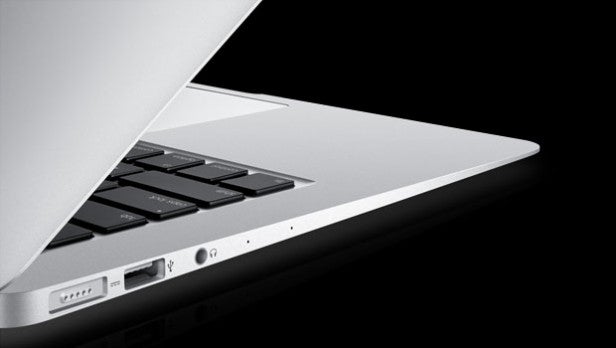
Macbook Air
The MacBook Air, without a shadow of a doubt, is still one of the most popular and recognisable laptops on the market. Starting at £749, it’s the best option if you’re a student on a budget and want something decent to do your work on.
With it available in 11 and 13-inch models, it’s well-suited for carrying around in your bag and taking it out when you need it. In terms of tech spec, you get a 1.6GHz dual-core Intel Core i5 processor, 512MB flash storage and 4GB of RAM. You’ll find that the processor and memory are fine for everyday tasks such as browsing the internet and word processing, but you do have the option to turbo boost it up to 3.2GHz should you want something more powerful.
In terms of battery life, it depends on which model you go for. The 11-inch Macbook Air will last up to nine hours and the 13-inch 12. Clearly, if you’re only after something for basic usage, the 11-inch variant will be absolutely fine. The 13-inch will suit you if you just want something a little bigger, perhaps for watching watching movies and funny videos of cats dancing on YouTube. Also, you get some USB 3 and Thunderbolt ports, unlike the Macbook. If you’re looking for a
Check out these accessories: Incase Neoprene Classic Sleeve, £29.99 | Thule EnRoute Duo 2 Daypack, £79.95
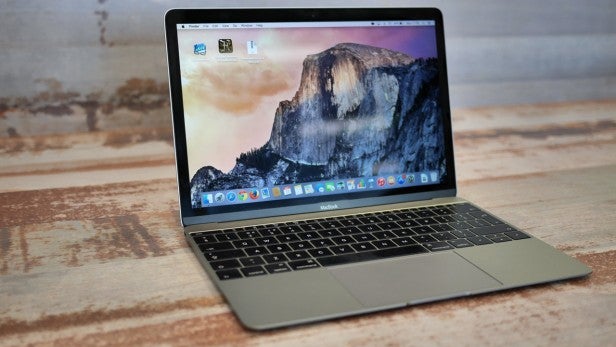
MacBook Pro
You can come to some sort of conclusion as to who the MacBook Pro is for by just considering its name. Yes, it’s aimed mainly at professionals and those who need need something a bit more demanding.
The cheapest MacBook Pro model starts at £899 and offers up a 2.5GHz dual-core i5 processor, a 1TB harddrive and a 7-hour battery life, but it lacks a Retina Display. We’d give this one a miss completely.
So if you’re a designer and need crisp visuals, it makes sense to go straight to the 13-inch Pro with Retina Display, which only costs an extra £100. As well as a better display, there’s also a larger 2.7GHz quad-core i5 processor, 10-hours of battery life and a ForceTouch trackpad.
If you still need something powerful, you can opt for the 15-inch Retina display option. Starting at £1,599, you get a 2.2GHz quad-core Intel i7 processor, up to 1TB flash storage, 16GB of RAM, a ForceTouch trackpad and 9-hours of battery life. And to power its 5K display, Apple’s packed the Pro with AMD’s Radeon R9 M370X graphics card under the hood.
Check out these accessories: Herschel Supply Co. 15” Anchor Sleeve, £34.95 | Brenthaven Collins Slim Brief Bag, £74.95
iMac
Moving away from Apple’s range of notebooks, we’re now entering the realm of premium desktop computing and start with the iMac. One of Apple’s most iconic Mac models, it’s an all-in-one computing system perfect for the family or home office.
Related: MacBook vs MacBook Air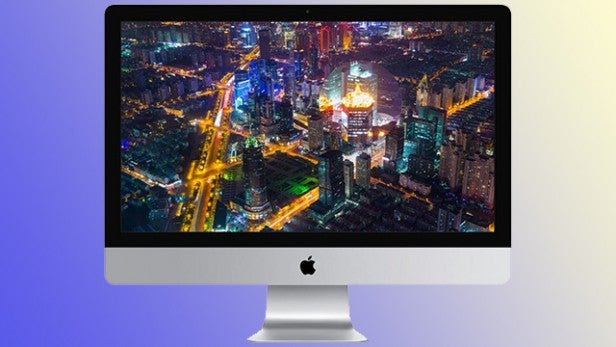
The basic model starts at £899 and comes with a 21.5-inch display, a 1.6GHz dual-core or 2.8GHz quad-core Intel Core i5 processor, a 1TB harddrive and 256GB flash storage. In a family situation, these specs are fine, but if it’s for business purposes, you may want to consider the 21.5-inch Retina version. For £1,049, it has a 3.1GHz quad-core Intel Core i5 processor, a 1TB harddrive and up to 512GB flash storage.
Still not satisfied? Well, there’s another model again: the 27-inch iMac. At an eye-watering starting price of £1,449, you get a 5K Retina Display, a 3.2GHz quad-core Intel i5 processor, a 1TB harddrive and 1TB of flash storage. With the price-tag in mind, it’s easy to say it’s more geared towards the enterprise user.
Mac Mini
The Mac Mini is the most affordable way to get the Mac and OS X experience, all packed in a 19.7cm-square frame and costing just £399. To get it working, all you need is access to your own display, keyboard and mouse.
Related: Whick Kindle should I buy?
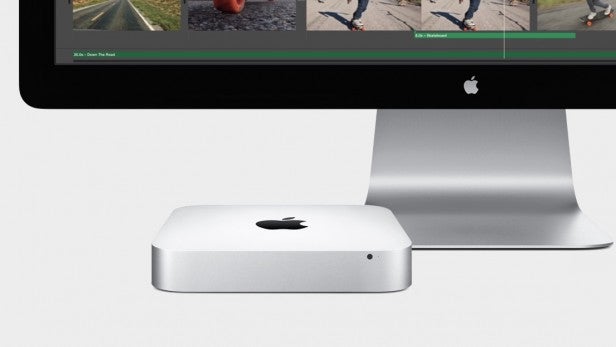
The base model comes with a 1.4GHz processor, a 500GB harddrive and 4GB of memory, which will be fine if you’re only after something basic. Should you want more, you have the option of going up to £569, buying you a 2.6GHz dual-core Intel Core i5 processor and double the memory. Then there’s a premium model costing £799. It has a larger 2.8GHz dual-core intel Core i5 processor and a 1TB Fusion Drive.
Check out these accessories: Magic Mouse 2, £65 | Magic Keyboard, £79
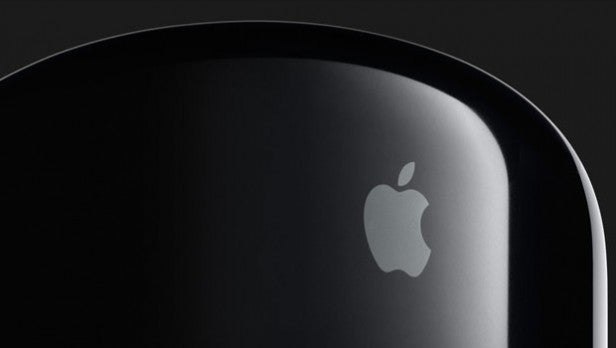
Mac Pro
It’s been two years since Apple announced the Mac Pro, but it’s still one of the most powerful computers on the market. Aimed at those who need a lot of power, it comes with a quad-core Intel Xeon processor, up to 30MB of L3 cache, dual AMD FinePro graphic cards and up to 1TB flash storage.
Check out these accessories: Apple Thunderbolt Display 27-inch, £899 | TwelveSouth BookArc for Mac Pro, £49.95
Does this all come cheap, though? Certainly not. Based on the storage, memory and processing options you go for, the MacPro ranges from £2,499 to around £6,000 – making it pretty much inaccessible to most. It’s essentially a business machine and nothing else.
Which is the Mac for you? Let us know in the comments section below

